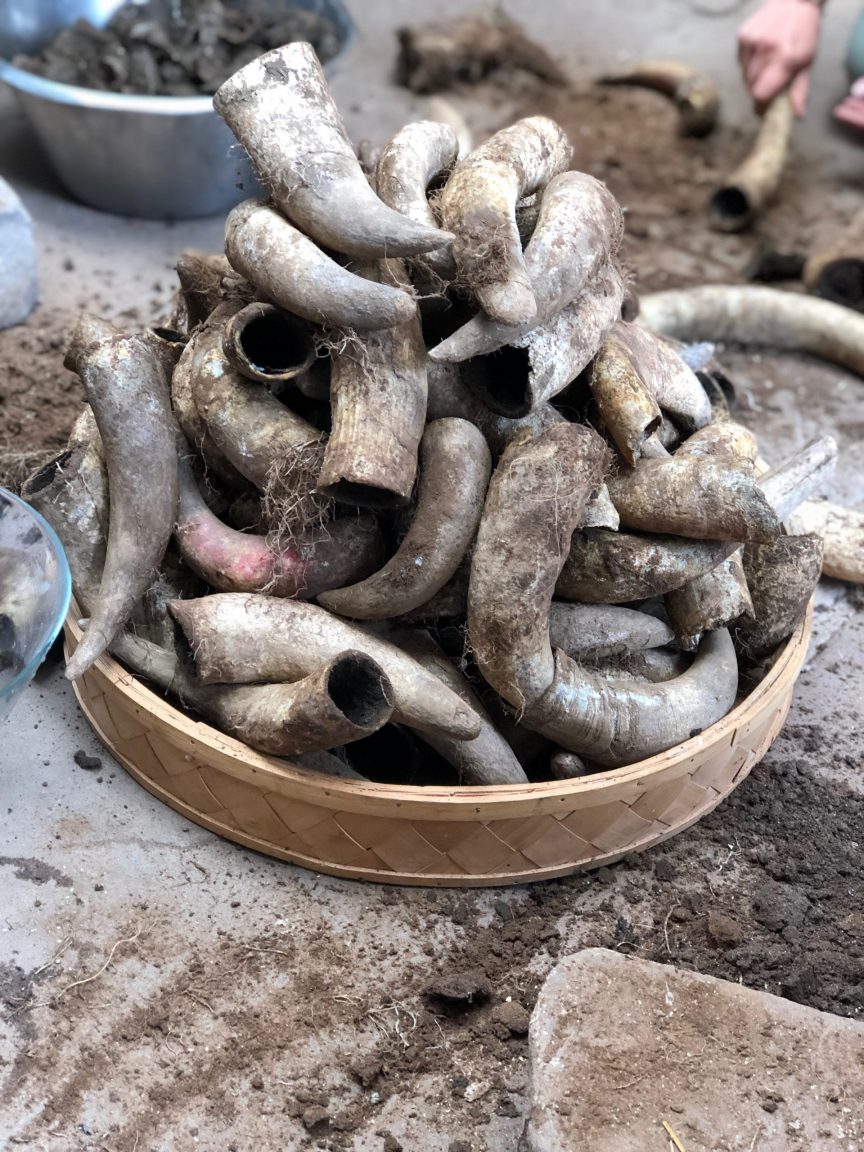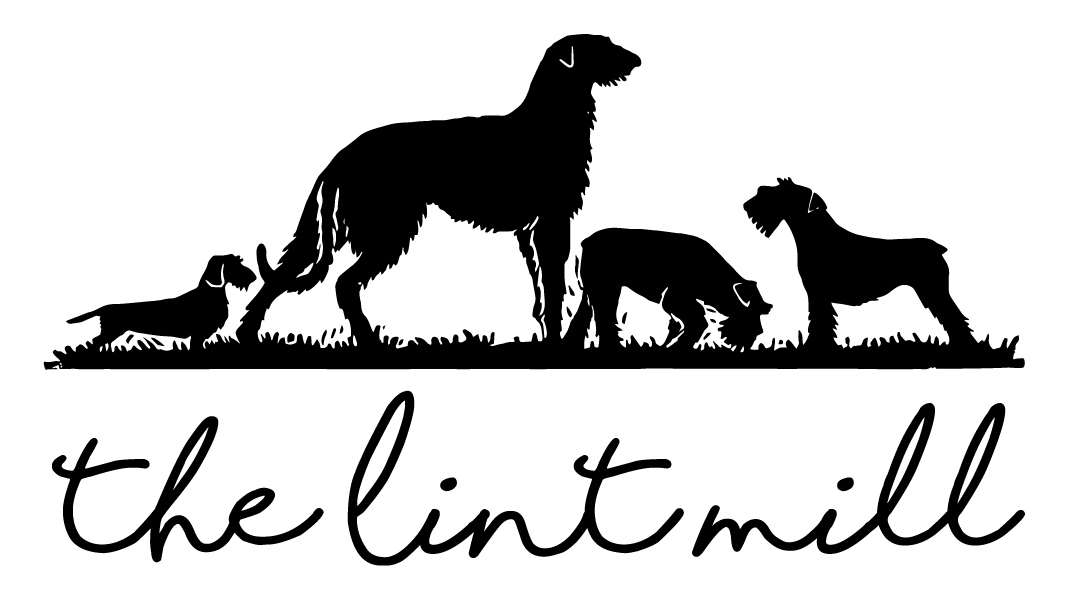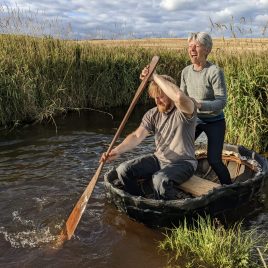
There must be something more…
We have worked for two years to become a certified organic smallholding with the Soil Association. Long before embarking on this process we employed organic principles on our land, before that a no pesticide and no chemical fertiliser approach to our city centre allotment and before that buying organic food whenever we could. It’s always made sense to us, it’s hard to remember when or why it became second nature.
The process of certification with the Soil Association has been an interesting one, examining what we already do, thinking how we might do more to meet or exceed the ‘organic standards’. It has given us access to a wealth of interesting resources, contacts and people and yet I’ve had a niggling feeling that there must be something more.
Sitting in the snug one autumn evening I picked up ‘Fern Verrow’ subtitled ‘A year of recipes from a farm and its kitchen’. It had been a birthday gift from our neighbours for Colin and it was full of the most sumptuous photographs. As the days were drawing in and the evenings were lengthening, a page in the book drew my attention. It was called ‘Three Kings Day’ and it described a ritual that celebrated their approach to work on their farm. They did refer to biodynamics but at that moment, it passed me by. What caught my imagination was the way they spoke of their relationship with their farm,
Over the year we don’t usually have much time to walk the boundaries of the farm, but on this day we set off together around this less familiar route, along the hedgerows and over fences, criss-crossing the streams, ducking under branches in the woodland. We notice it all: every forgotten corner reminding us of its need for our attention and care. We carry a bucket and a hand-brush and sprinkle the preparation as we go. All the while we are wishing good things to manifest on the farm this coming year and feeling gratitude towards the elemental world. By identifying the physical boundaries of the land in our care, we’re marking out the stage on which the coming year will be played. This ceremonial mapping reaffirms our constantly evolving partnership with the farm.
And there it was, a hint towards the ‘something more’, a kind of spiritual connection with the land that I was looking for, something more than ‘organic standards’, more than ‘buy organic’, more than ‘food as it should be’. I’m not a religious person but all the work that I had undertaken with Natural Change over the years had been deepening my connection to the sacredness of the earth but it’s hard to talk about these things without sounding a bit ‘woo woo’ as my friend Morag would say.
At the time, finding this passage was another small connection, something to be dwelt upon quietly in the background. We didn’t try the Three Kings Day celebration that year.
Meanwhile, our focus as winter dragged on longer than we thought possible was on obtaining certified organic hay to supplement our dwindling stock, whilst meeting the Soil Association standards. Small bale organic hay was proving very difficult to find. We eventually found some at a nearby farm – Garvald Home Farm. Garvald was established in 1987, and is home to a small community of adults, some with learning disabilities, living and working together to run the farm according to biodynamic principles. Biodynamic farming originates from philosopher and scientist Dr. Rudolf Steiner, whose 1924 lectures to farmers opened a new way to integrate scientific understanding with a recognition of spirit in nature.
When we went to collect our hay we got talking to Murray who runs the farm and Joe who is on placement studying Biodynamic Agriculture. The connections were coming thick and fast now. When I got home I took another look at Jane Scotter and Harry Astley’s book and yes, Fern Verrow is a biodynamic farm.
A few weeks later we were invited to Garvald for their spring ‘preparations day’ and we had an amazing time. There is so much to learn and some of it does sound esoteric, a bit ‘woo woo’ but those who use biodynamic methods urged us to just have a go, make some of the preparations, put them on our land and see if it makes a difference.
I can be sceptical but planting by the moon doesn’t seem so strange to me. In my own simple understanding, if the moon’s gravitational energy governs our tides and my menstrual cycle, I’m perfectly prepared to accept it influences when sap rises in trees and plants. And all those wine growers who have adopted biodynamics in a big way must be onto something. So we started to read up, bought Maria Thun’s classic biodynamic calendar and an easy read, well-illustrated Dorling Kindersley ‘Biodynamic Gardening’.
What truly attracts me is that Biodynamics is a holistic, ecological, ethical and spiritual approach to farming, gardening, food, and nourishment. It encourages a view of nature as an interconnected whole, a totality, an organism endowed with archetypal rhythm. In day-to-day practice the goal is to create a farm system that is not dependant on imported materials, and meets its needs from the living dynamics of the farm itself. Such a farm organism includes not only the fields, crops, and livestock for production, but also hedgerows, tree-lines, woods, water, wildlife, and the local climate of the farm. Each one of these components depends on the others to be healthy in order to reach its own full potential. The farmer’s role is to set direction, harmonize, and keep balance.
My roots are ecological, ethical, social and spiritual, so it’s not a surprise that in biodynamics I might be finding my ‘something more’. I think we will be trying the Three Kings Day celebration this new year.
There is so much written about biodynamics (including from its vocal critics) but The Biodynamic Association https://www.biodynamic.org.uk is as good a place to start as any. And here is the lovely Fern Verrow https://fernverrow.com



